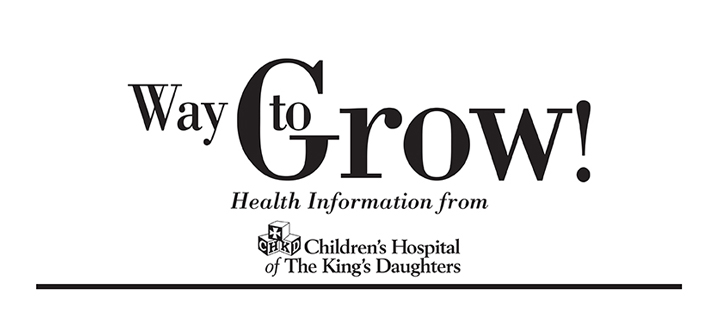
Eczema
Eczema is a very common skin problem in children. It is a long term, recurring skin disorder that leads to dry, easily irritated, itchy skin. It may be mild or severe. The cause is not completely known. It is most often found around the creases of elbows, wrists, and knees, and sometimes on the neck, ankles, and feet. Allergies, asthma or eczema may run in the family of the child with the skin condition. Flare-ups occur when there is contact with things that irritate the skin, such as soap, chlorine, and certain foods. Even though eczema can be a long-term problem, many children “outgrow" it. Eczema often starts on the cheeks at 2 to 6 months of age. Usually, the younger the child is when the problem starts, the better the chance for outgrowing it. Most children outgrow eczema by adolescence. Although there is no cure for eczema, good daily skin care can help control the disease.
What you may see in your child
- Constant dry skin.
- A red, very itchy rash (if scratched, rash becomes raw and weepy).
- Skin color that looks darker or lighter in some areas.
- Skin that looks “thickened," especially on arms and legs.
How do you treat it?
- Your child should take a quick bath (no longer than 10 minutes) once a day in warm water. Water that is too hot may cause itching. Use only a mild soap-free cleanser; avoid soaps with triclosan. Ask your doctor which are recommended.
- After getting out of the bathtub, pat dry instead of rubbing dry. Immediately (within 3-5 minutes) apply a moisturizer to lock in the water. Good brands are Vaseline® lotion, CereVe cream®, Cetaphil cream®, Vanicream®, Aveeno creams® or another cream that does not have perfumes or dyes.
- Soft cotton fabrics are recommended. Some wools or polyesters may be scratchy and cause itching.
- Mild soaps and detergents should be used for washing clothes. Fabric softeners should be avoided, as these can be irritating to the skin. Double rinsing laundry can also be helpful. Landry detergents that are free of perfumes or dyes are recommended.
- Preventing the rash is the primary goal of treatment. The child must stop scratching and rubbing the rash. Keep your child’s fingernails short and clean. Clean socks or mittens may be placed over the child’s hands to prevent scratching. Try to keep the room cool to avoid sweating. Oral antihistamines may be taken to help reduce the itch associated with eczema. Topical antihistamine creams do not provide itch relief associated with eczema.
- Avoid foods or inhaled allergens that have been identified to cause problems. (Inhaled allergens are substances in the air, such as pollen or mold spores, that cause an allergic reaction.)
- Antibiotics may be needed as infections can frequently occur with this disorder in all stages. These infections produce redness and itching and may cause crusting, oozing, and sores.
Call your child's doctor if:
- The itching gets so bad that your child cannot sleep.
- The skin gets red with weepy blisters or crusted sores; this is a sign of infection that needs treatment.
- An eye, hand or foot becomes swollen (also a sign of infection).
- Your child is not getting better or seems to be getting worse.
Disclaimer: This information is not intended to substitute or replace the professional medical advice you receive from your child's physician. The content provided on this page is for informational purposes only, and was not designed to diagnose or treat a health problem or disease. Please consult your child's physician with any questions or concerns you may have regarding a medical condition.
Reviewed: 11/2017